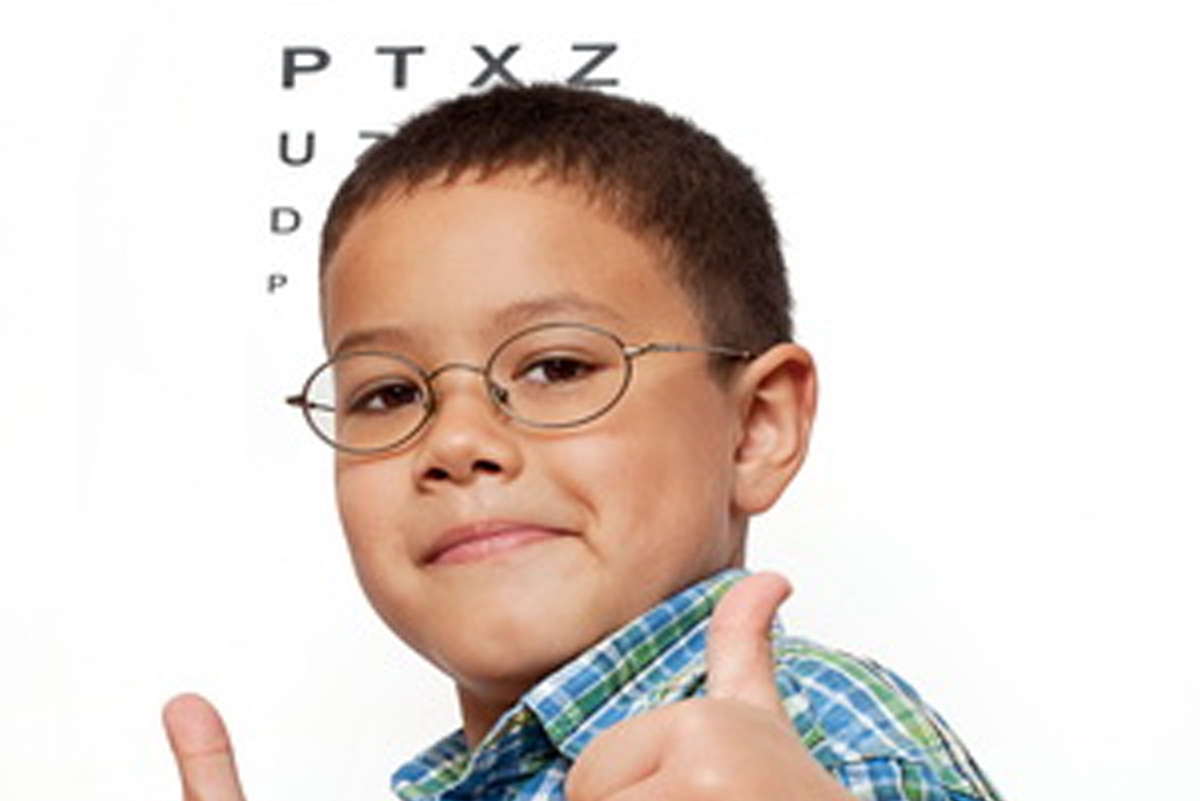Most people equate perfect eye vision with having 20/20 eyesight, but in reality, good vision is more complex than just sharp visual acuity. Is 20/20 vision bad for a child? The answer is no, but even if a child has 20/20 vision, it doesn’t guarantee they are seeing the world in a way that supports their learning. Studies show that up to 80% of learning is visual, so untreated vision issues can significantly hinder a child’s academic performance, even if they have “normal” 20/20 vision.
What does dry eye feel like, or other subtle vision problems, can be easy to overlook. Many children with dry itchy eyes or other eye allergies don’t even realize they have an issue. The problem might not be with their visual acuity but rather how their brain processes visual information, which can often go unnoticed during standard vision tests.
Understanding Visual Processing Disorders
The brain plays a crucial role in processing what the eyes see. Vision is not just about clarity; it involves a range of abilities like eye teaming, focusing, tracking, and comprehension. When these visual processing skills are delayed or insufficient, children may struggle with reading, understanding, or even physical coordination. Many of these issues can’t be corrected with glasses or eye exams alone. Some children require a structured vision therapy program to train their brains to properly process visual information.
Vision therapy is often a part of treatment, where therapeutic exercises and glasses work together to improve coordination and focusing abilities. These exercises may be prescribed by your eye doctor and can take several months to show improvement. Vision therapy doesn’t guarantee better grades, but it equips children with the tools they need to reach their full potential.
Identifying Visual Processing Disorders in Children
A common visual processing disorder is Convergence Insufficiency (CI), which occurs when the eyes struggle to focus on nearby objects. Children with CI often complain that words seem to “move across the page,” making reading nearly impossible. These children may also experience headaches, eye fatigue, and double vision.
Since children with CI often don’t realize their experience is abnormal, they may not report their difficulties. Here are some signs to look for that might indicate your child has a vision problem:
- Headaches after reading or focusing
- Avoiding close tasks like reading or drawing
- Frequent blinking or eye rubbing
- Difficulty reading—they may lose their place often
- Covering one eye when trying to focus
- Double vision
- Short attention span or poor concentration
- Clumsiness or poor hand-eye coordination
When to See an Eye Doctor
Is 20/70 vision bad for a child or similar conditions? Vision problems are not always obvious, and even if your child passes a standard eye test, they may still have underlying issues affecting their learning. If your child shows any of the symptoms above, it’s a good idea to schedule an appointment with an eye doctor to rule out any vision-related learning problems.
The earlier a visual processing issue is diagnosed and treated, the better the chances of improving your child’s ability to succeed in school and beyond.
Help Your Child Thrive with Early Vision Care
Vision is much more than just 20/20 vision. Even if your child has perfect eye vision, they could still struggle with visual processing, which affects learning and development. If you notice any signs of visual discomfort, it’s essential to consult with an eye doctor for a comprehensive exam and possibly vision therapy. Early intervention can help ensure your child gets the most out of their school years and beyond.
Don’t wait for vision problems to affect your child’s success. Schedule an eye exam today to give them the best start in life.
